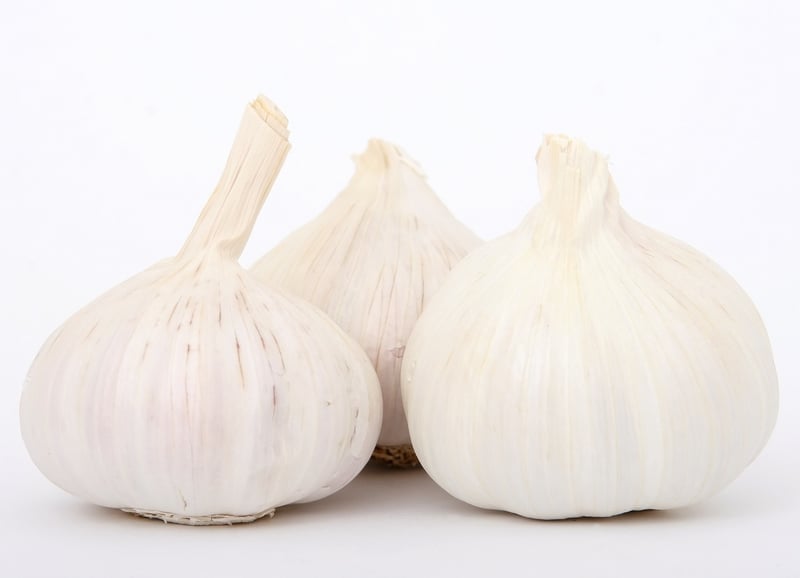Global Flavors
The Essential Components of Global Flavors
Exploring global cuisines can be a delightful journey that opens up a world of flavors and ingredients. Each region has its own unique culinary traditions, spices, and cooking techniques that contribute to the rich tapestry of global cuisine. To truly appreciate and recreate these diverse flavors, it's essential to understand the key components that define them.
1. Herbs and Spices
Herbs and spices are the heart and soul of flavor in many global cuisines. From the fiery heat of chili peppers in Mexican dishes to the aromatic blend of spices in Indian curries, these ingredients add depth and complexity to dishes. Explore a variety of herbs and spices such as cumin, coriander, turmeric, paprika, and more to elevate your cooking.
2. Sauces and Condiments
Sauces and condiments play a crucial role in enhancing the flavors of dishes. Whether it's the umami-rich soy sauce in Japanese cuisine or the tangy tamarind chutney in Indian street food, these flavorful additions can transform a simple meal into a culinary delight. Experiment with soy sauce, fish sauce, harissa, salsa, and other condiments to add an extra dimension to your dishes.
3. Grains and Legumes
Grains and legumes are staple ingredients in many global cuisines, providing a source of sustenance and texture to dishes. From the fluffy basmati rice in Middle Eastern cuisine to the nutty quinoa in South American dishes, these ingredients are versatile and nutritious. Incorporate grains like rice, couscous, bulgur, and legumes such as lentils, chickpeas, and black beans into your cooking for a wholesome meal.
4. Oils and Fats
Oils and fats are essential for cooking and adding richness to dishes. Different regions use a variety of oils such as olive oil in Mediterranean cuisine, coconut oil in Southeast Asian dishes, and ghee in Indian cooking. Experiment with different oils and fats to impart unique flavors to your dishes and achieve the desired texture.
5. Fresh Produce
Fresh fruits and vegetables are the building blocks of many global dishes, providing color, nutrients, and freshness. Explore a diverse range of produce such as tomatoes, peppers, eggplants, mangoes, and herbs like cilantro and mint to add vibrancy to your meals. Incorporating seasonal produce can also enhance the authenticity of your global recipes.
6. Global Inspiration
Immerse yourself in the culinary traditions and flavors of different regions to draw inspiration for your cooking. Try out new recipes, visit ethnic markets, and dine at authentic restaurants to experience the true essence of global cuisine. Embrace the diversity of flavors and ingredients to create unique and memorable dishes that reflect the richness of global gastronomy.

Embark on a culinary adventure by incorporating these essential components of global flavors into your cooking repertoire. Whether you're craving the bold spices of Indian cuisine or the aromatic herbs of Mediterranean dishes, there is a world of flavors waiting to be explored.
Remember, cooking is a creative endeavor, so don't be afraid to experiment and make each dish your own masterpiece of global fusion flavors!
